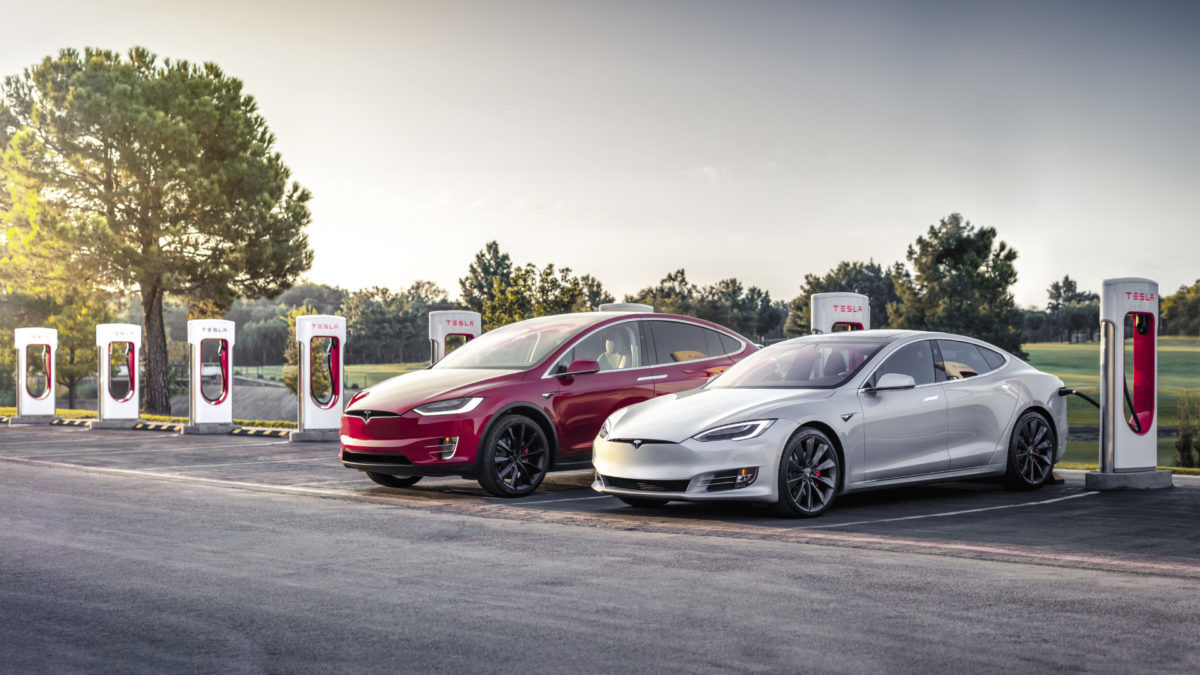From pv magazine, July edition
Conventional vehicle bans and the introduction of national electric vehicle (EV) sales targets — like Poland’s goal of 1 million EVs on the road by 2025 — will lead to an influx of plug-in EVs (PEVs) if supportive regulations accompany these promises. Vehicle sales are already progressing: PEV sales in Europe increased 35% from 2017 to 2018 to reach 370,000. Navigant Research expects continued growth will lead to over 30 million PEVs in use on European roads by 2030.
To date, these conventional vehicle bans and EV targets have been largely symbolic, and past targets have proven overly ambitious — like the United States’ 1 million by 2015 goal. No country has yet passed a law or regulatory language prohibiting the sale of these conventional vehicles. For European countries to reach their transportation emissions goals by eliminating conventional vehicles, governments will need to implement stronger incentives, regulations and laws. Ten countries in Europe have committed to banning gasoline and diesel vehicle sales between 2025 and 2050. Germany is also proposing a ban for 2050.
Beyond national-level bans, many cities in Europe are also banning or limiting the use of conventional vehicles within city limits. Athens, Barcelona, Brussels, Copenhagen, Heidelberg, London, Madrid, Oxford, Paris and Rome have all announced bans beginning between 2024 and 2030.
Realistic targets?
Based on current incentives, emissions efficiency policies, fuel prices and historical trends, Navigant Research’s forecasts indicate that most countries with bans or sales targets will likely not meet their goals.
According to Navigant Research, by 2030 — 10 years before their bans are slated to go into effect — PEVs are anticipated to account for 41% of vehicle sales in the U.K. and 39% in France. In Denmark, by their proposed ban date of 2030, only 31% of vehicle sales are expected to be PEVs. Furthermore, unless the Polish government intervenes in a significant way, the country is likely to fall short of its 1 million PEVs target. By 2025, there will likely be fewer than 50,000 PEVs on Polish roads.
Norway is the fastest-growing PEV market in Europe. While only 62% of vehicles sold in the country are projected to be electric by 2025, that number grows to over 95% by 2030. Norway is likely to near its goal before 2030 because of plugless hybrids, which are not included in the ban and are likely to make up most of the remaining conventionally fueled vehicles.
Current incentives and policies are not enough for European countries to meet their PEV goals, so what needs to be changed? For most regions, an outright ban on conventional vehicle sales would be disastrous for markets that have not developed an alternative fuel infrastructure and vehicle ecosystem. Therefore, leading up to the bans there will likely have to be increased strengthening of existing transportation emission efficiency policies, implementation of incentives (both purchase and tax), and investment in charging infrastructure.
Several European countries already offer purchase subsidies, typically a modification to the vehicle’s would-be purchase taxes, or registration fees or fixed rebates (depending on a vehicle’s characteristics). Many countries also offer tax benefits to purchase an EV. For example, Norway waves the 25% value-added tax (VAT) on imports for PEV purchases, making the vehicles highly cost competitive with their internal combustion engine counterparts.
Additionally, other stakeholders like energy service companies and automakers are encouraging PEV adoption, which will ultimately help governments reach their EV targets and vehicle bans. Since 2017, several European charging infrastructure networks have been announced that could bring public charging to various regions of the continent. These new networks, if deployed as planned, are expected to alleviate some of the pain PEV drivers feel regarding infrastructure availability.
ZEV mandates
To meet their targets, European countries could draw on a policy implemented in the United States that is becoming more popular: zero-emission vehicle (ZEV) mandates. ZEV programs are constructed as credit trading schemes. Automakers are given credits per vehicle sold, based on characteristics such as range and refueling speed. ZEV mandates incentivize automakers to sell PEV models in the ZEV policy’s region. Based on results in the United States, European countries that introduce similar ZEV programs would likely have a higher market share of PEV sales and high PEV population density. These programs could help bring countries closer to meeting their vehicle targets.
About the author
Raquel Soat is a research analyst contributing to Navigant Research’s Transportation Innovations team. In her role, she analyzes consumer preferences regarding EV adoption, studies emerging vehicle technologies, develops charging infrastructure business models, and provides research and modeling capabilities to forecast vehicle adoption in the United States and Europe.
Prior to joining Navigant Research, Soat held internships in municipal government and completed agriculture-based research. Soat holds a BA in political science and environmental studies from Emory University.
The views and opinions expressed in this article are the author’s own, and do not necessarily reflect those held by pv magazine.
This content is protected by copyright and may not be reused. If you want to cooperate with us and would like to reuse some of our content, please contact: editors@pv-magazine.com.








By submitting this form you agree to pv magazine using your data for the purposes of publishing your comment.
Your personal data will only be disclosed or otherwise transmitted to third parties for the purposes of spam filtering or if this is necessary for technical maintenance of the website. Any other transfer to third parties will not take place unless this is justified on the basis of applicable data protection regulations or if pv magazine is legally obliged to do so.
You may revoke this consent at any time with effect for the future, in which case your personal data will be deleted immediately. Otherwise, your data will be deleted if pv magazine has processed your request or the purpose of data storage is fulfilled.
Further information on data privacy can be found in our Data Protection Policy.